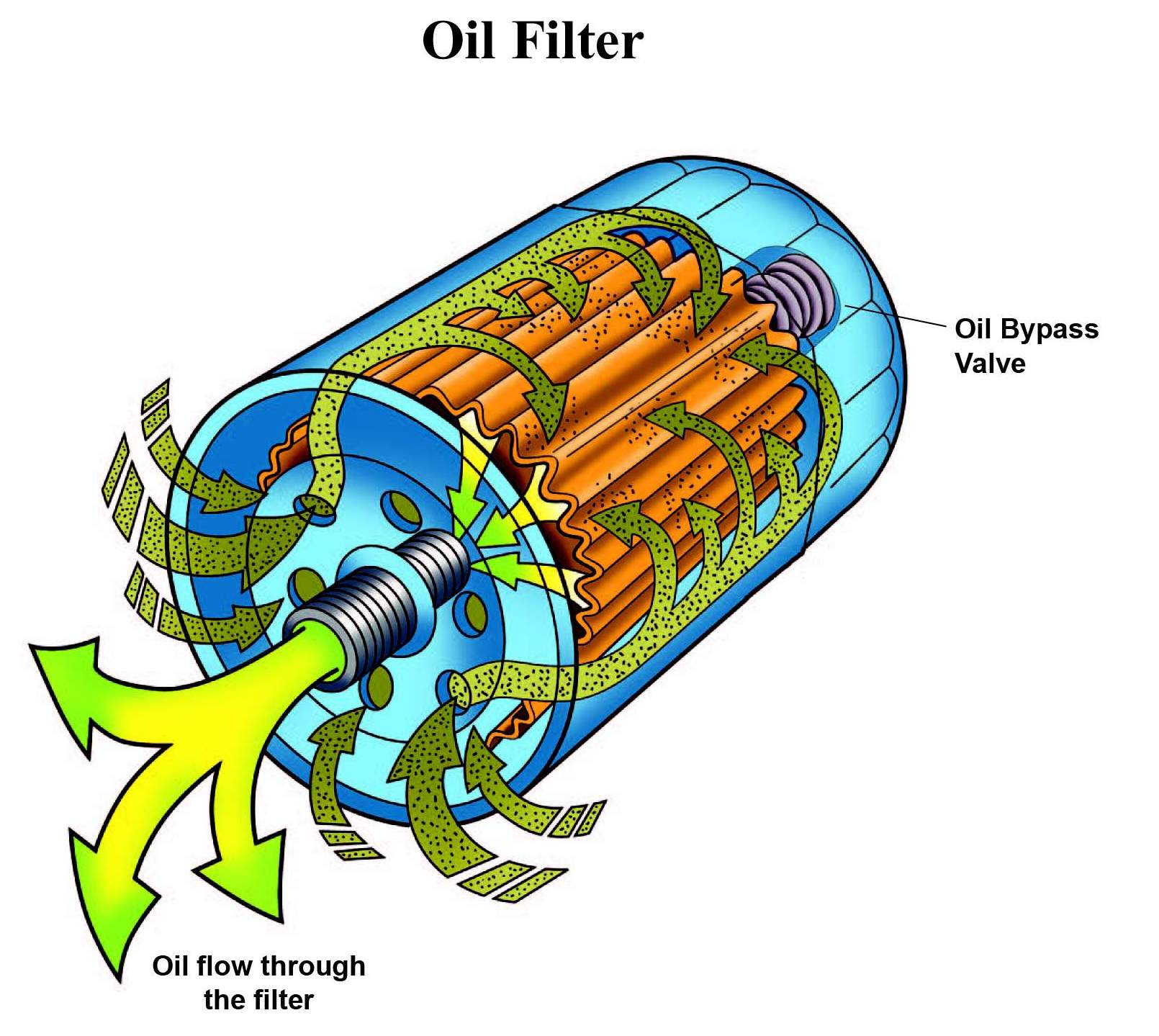
How do oil filters work?
At the most basic level, oil filters serve to keep contaminants, such as dirt and debris, from entering the oil in your vehicle. This is important because the sand and dirt in your oil can damage engine surfaces and components by circulating through the engine systems instead of doing their job of lubricating. As a general rule, you should change the oil filter - a relatively inexpensive item - whenever you change your oil as a preventative measure that varies in frequency depending on the needs of the make and model of your car or truck. This information can be found in your vehicle's service manual.
While the operation of an oil filter seems fairly simple, there are actually quite a few components in this important part of your engine's operating system. Here is an overview of the oil filter parts to help you better understand how an oil filter works:
Take-off plate/gasket: This is where oil enters and exits the oil filter. It consists of a central hole surrounded by smaller holes. Oil enters through small holes on the edges of the exhaust plate, also known as a gasket, and exits through a threaded center hole to attach the part to the engine.
Anti-drain check valve: This is a flap valve that prevents oil from seeping back into the oil filter from the engine when the vehicle is not running.
Filter medium: This is the actual filtering part of your oil filter - a medium made up of microscopic fibers of cellulose and synthetic fibers that act as a sieve to trap contaminants before the oil enters the engine. This environment is pleated or folded for maximum efficiency.
Central steel pipe: Once the oil is free of sand and debris, it returns to the engine through a central steel pipe.
Safety valve: When the engine is cold, such as when starting up, it still needs oil. However, at low temperatures, the oil becomes too thick to pass through the filter media. The relief valve lets a small amount of unfiltered oil into the engine to meet the need for lubrication until the oil is hot enough to pass through the oil filter normally.
End Drives: On both sides of the filter media is an end disc, usually made of fiber or metal. These discs prevent unfiltered oil from entering the center steel tube and entering the engine. They are held firmly to the outlet plate by thin metal plates called retainers.
As you can see from this list of oil filter parts, the answer to how a filter works involves more than just sifting debris through the filter media. Your car's oil filter is designed not only to remove contaminants, but to keep filtered and unfiltered oil in their proper places, as well as supply oil in an undesirable form when the engine needs it. If you're unsure about how an oil filter works, or suspect a filter issue in your vehicle, feel free to call one of our knowledgeable technicians for advice.